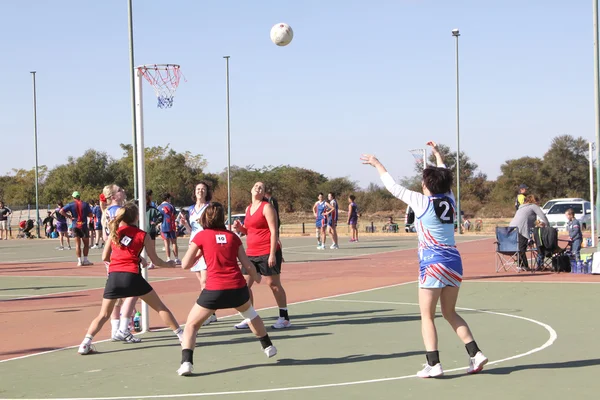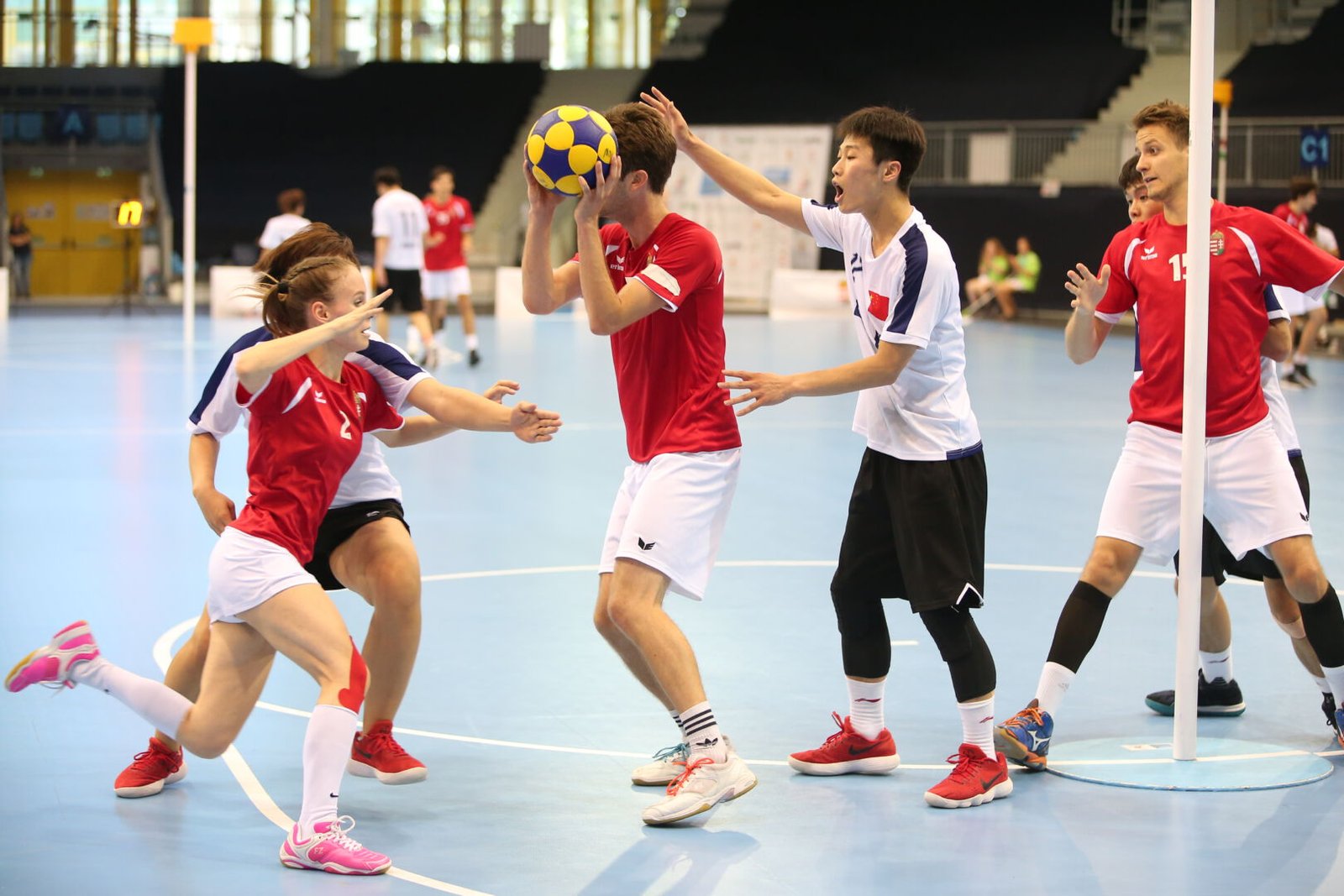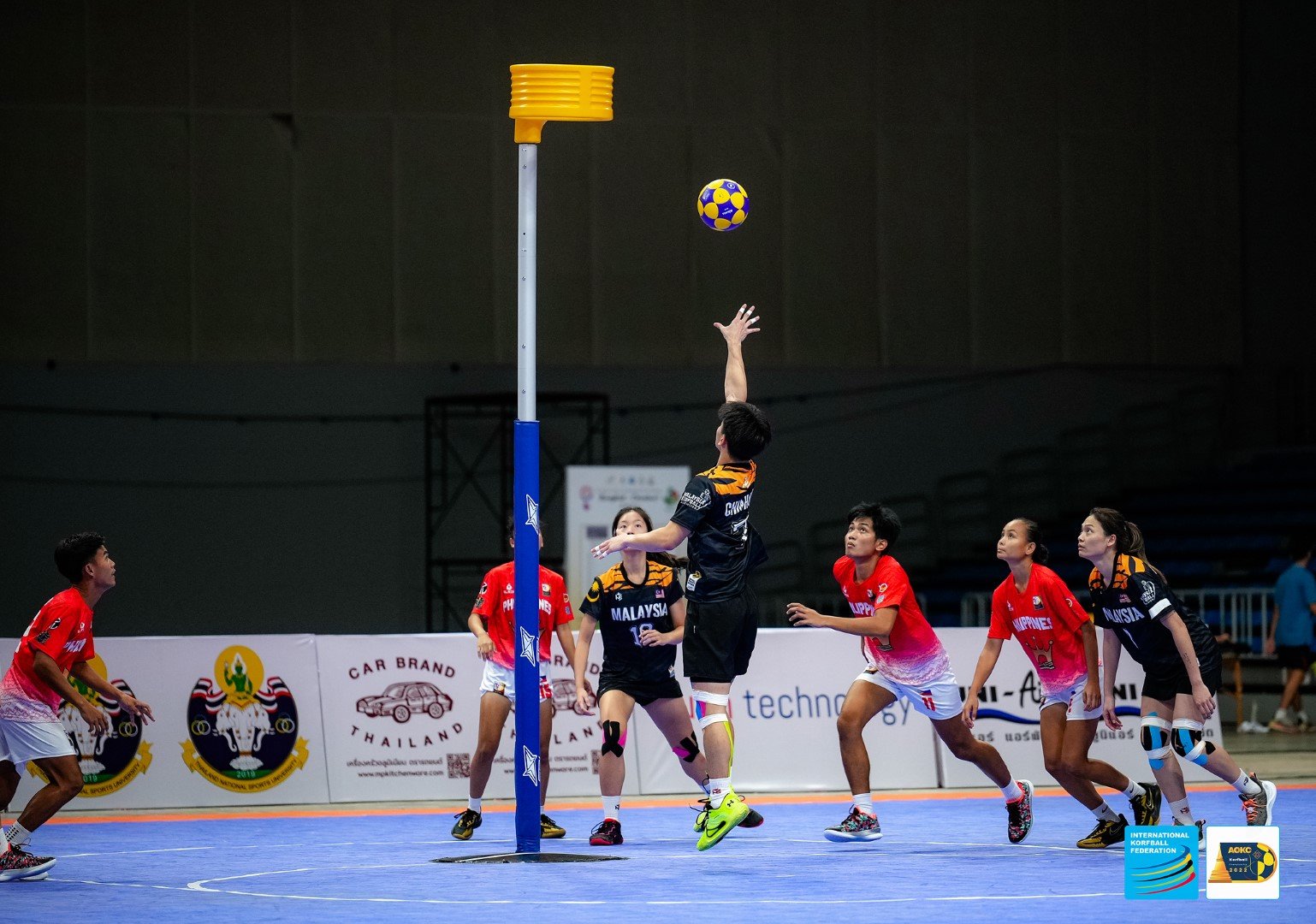The free pass is a fundamental part of korfball’s rules and tactics. It often presents a valuable scoring opportunity and can shift the momentum of a game. To use the free pass effectively, players must understand when it’s awarded, how it works, and the strategies that can be employed to make the most of it.
In this post, we’ll break down everything you need to know about the korfball free pass—from the basic rules to practical tips for execution.
What Is a Free Pass in Korfball?
A free pass is a set play awarded to a team after a minor infringement by the opposing side. It gives the attacking team a chance to restart play under controlled conditions and potentially set up a scoring opportunity.
Unlike penalties (which result from more serious fouls), free passes are taken from a designated spot just outside the shooting circle, and all players must adhere to specific positioning and timing rules.
When Is a Free Pass Awarded?
Free passes are awarded for minor infractions committed within the attacking zone, such as:
- Obstructing the attacker without the ball
- Failing to keep the required distance during play
- Illegally attempting to intercept or disrupt the pass
These fouls disrupt the flow of the game but do not warrant a penalty shot. The referee stops play and signals a free pass to the attacking team.
Setup and Positioning Rules
The execution of a free pass follows strict rules concerning player positions and timing:
- The free pass is taken from a marked spot 2.5 metres in front of the post.
- One attacker (the taker) stands on the spot.
- Two other attackers and two defenders must position themselves within a 2.5-metre radius around the taker.
- The remaining four players (two attackers and two defenders) must be outside the free pass circle.
Once the referee blows the whistle, the taker must pass the ball within four seconds, and no shot can be taken until the ball has left the taker’s hands and touched another attacker.
Key Rules to Remember
- Defenders must remain at least 2.5 metres away from the taker before the whistle.
- Defenders cannot interfere with the taker’s movement until the ball is released.
- The taker cannot shoot directly unless they have passed and received the ball again.
- If the rules are violated, possession may be reversed or reset.
These rules are designed to create fairness while still challenging both the attackers and defenders.
Free Pass Tactics and Strategies
Though the structure is controlled, the free pass still offers a chance to be creative. Here are some tactics used by top-level teams:
Quick Pass and Cut
- After the taker releases the ball, they quickly cut towards the post.
- A teammate returns the pass for a potential close-range shot.
- Relies on timing and understanding between players.
Decoy Movement
- One attacker moves to draw defenders out of position.
- Another uses the space created to receive a pass and shoot.
- Useful against teams that overcommit defensively.
Rebound Positioning
- One attacker prepares for a potential rebound shot.
- Ensures second-chance scoring opportunities.
- Important when defenders are slow to react.
Rotation Before the Whistle
- Attackers rotate positions to confuse defenders.
- Creates mismatches and opens space.
- Must be done before the whistle—no movement allowed after.
Common Mistakes to Avoid
Even experienced players can make errors during a free pass. Here are a few pitfalls to watch out for:
- Early Movement: Moving before the whistle can cancel the play.
- Poor Timing: Rushed passes or mistimed cuts lead to lost opportunities.
- Lack of Communication: Misunderstandings between teammates can cause confusion.
- Ignoring the Rebound: Failing to prepare for a missed shot wastes the chance for a second effort.
Practising these scenarios helps teams stay composed and execute clean plays under pressure.
Practising Free Pass Plays
To make the most of free passes, teams should integrate them into regular training:
Repetition Drills
- Practise passing patterns from the free pass setup
- Focus on timing and positioning
Situational Scrimmages
- Simulate game scenarios with defenders
- Vary the level of pressure and defensive tactics
Decision-Making Drills
- Encourage players to read the defence and choose the best option
- Alternate between shot, pass, and movement options
Consistency in practice leads to confidence during matches.
How the Free Pass Can Change the Game
While it might seem like a small part of the game, the free pass is a key moment that can influence momentum, especially in tight matches. A well-executed free pass can:
- Break scoring droughts
- Punish defensive lapses
- Boost team morale
- Shift pressure onto the opposition
At the same time, defending the free pass effectively can prevent goals and turn the tide back in your favour.
Conclusion
The free pass in korfball is much more than a routine restart—it’s a strategic opportunity. Understanding the rules of korfball, refining your execution, and developing set plays can give your team a significant edge.
By focusing on timing, communication, and tactical awareness, you can turn every free pass into a scoring chance—or at the very least, maintain possession and keep the pressure on.



